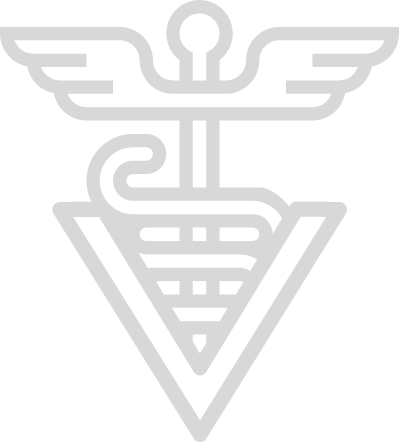
YOU ARE OBSERVING
Can't Seem to Move or Bend Hind Limb, Seems Locked
Summary
With the stifle locked, the hind limb is rigidly immobilized. When a horse tries to walk forward, the affected limb trails stiffly behind. Often the fetlock folds and knuckles over as part of this syndrome. If the horse can bear weight but not advance the limb, the rule-out diagnosis is a locking patella. The good news is that this condition is reversible and usually fairly easy to correct and manage.
In contrast, horses with fractures and other more serious injuries may look like this, but generally they will refuse to bear weight on the affected limb.
-
Code Red
Call Your Vet Immediately, Even Outside Business Hours
your role

What To Do
Perform the Whole Horse Exam, paying particular attention to heart rate, attitude and appetite and rectal temperature. Look carefully at the affected hind limb. Do you notice swelling, a wound or hair loss that might indicate trauma. Take digital pulse of all 4 limbs. Try to walk the horse forward. What happens?
Skills you may need
Procedures that you may need to perform on your horse.
your vet's role

- Has your horse done this before?
- When did you first notice this problem?
- Describe the type of exercise and riding that you do with your horse.
- Has the feed, management, rider, riding style, or tack changed?
- What are the results of the Whole Horse Exam (WHE)?
Diagnostics Your Vet May Perform
Figuring out the cause of the problem. These are tests or procedures used by your vet to determine what’s wrong.
Diagnoses Your Vet May Consider
The cause of the problem. These are conditions or ailments that are the cause of the observations you make.
Treatments Your Vet May Recommend
A way to resolve the condition or diagnosis. Resolving the underlying cause or treating the signs of disease (symptomatic treatment)
